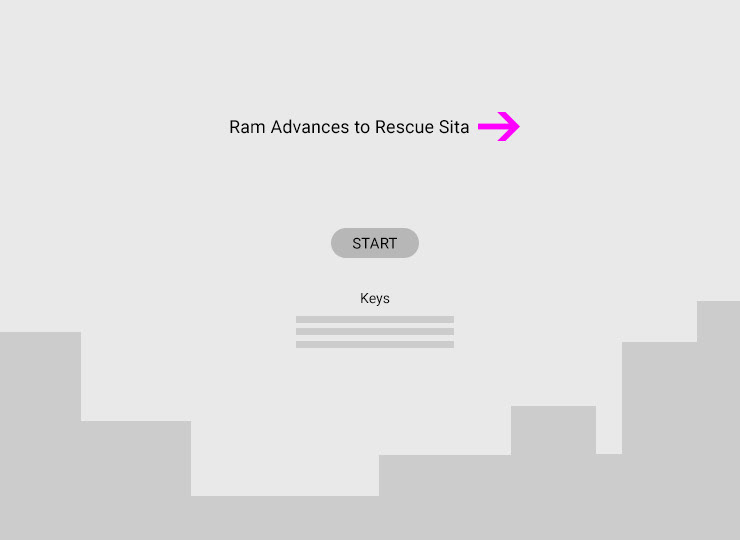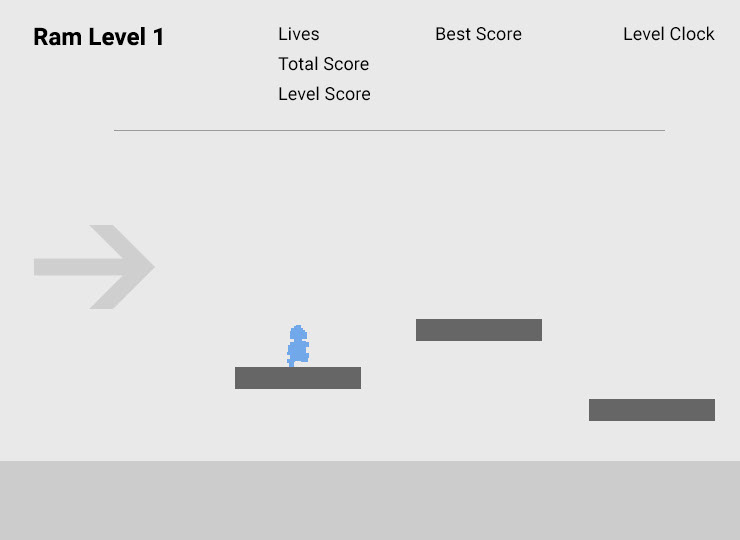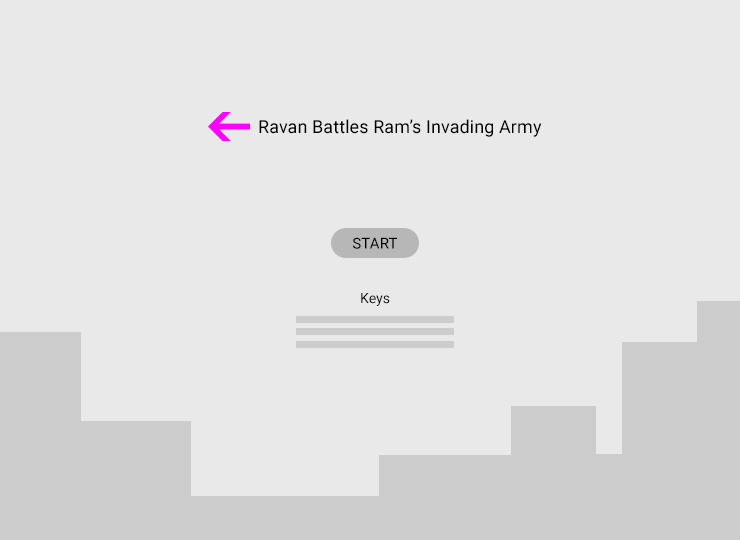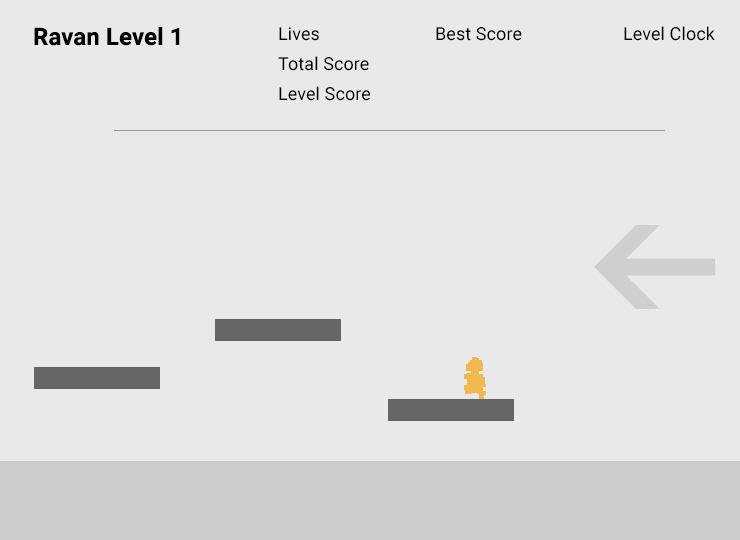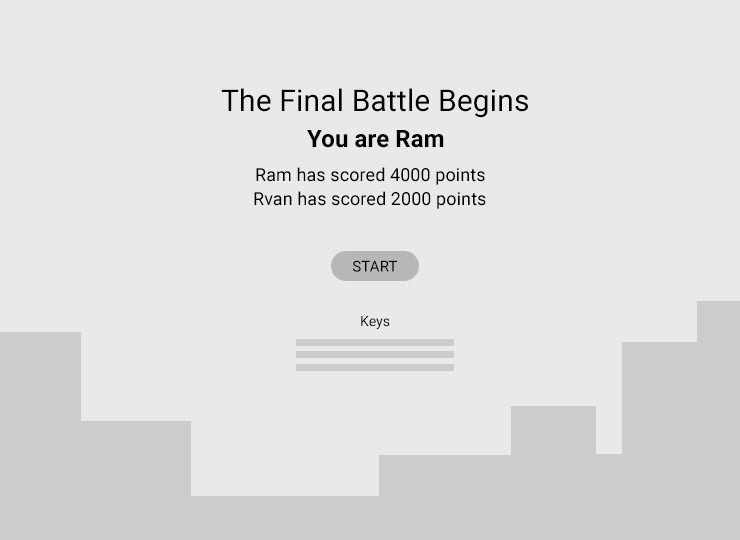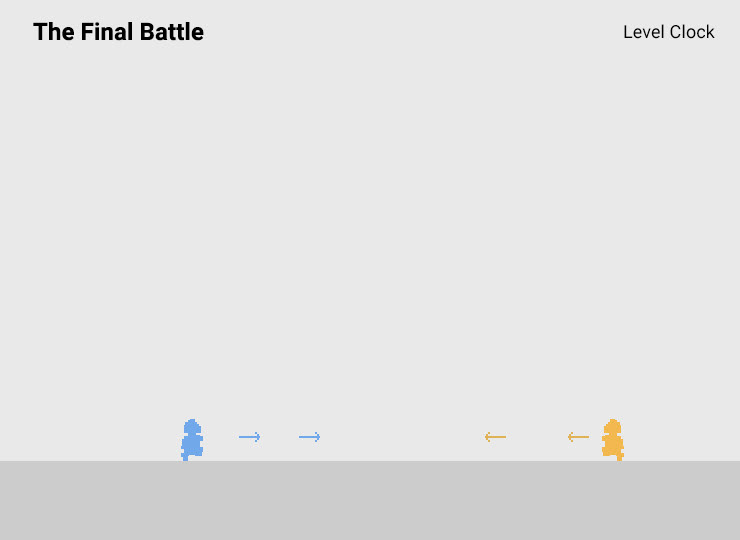Project involvement: Animation, coding, concept design, and visual design.
There are many different versions of the Indian epic of Ramayana. The dominant version of the epic portrays Ram as a noble king and Ravan as his arch-nemesis. Some of the lesser-known versions of Ramayana portray Ravan as the protagonist, the just king of Lanka. Serving the Hindu right, the dominant version of Ramayana produces a simplistic, binary opposition between good and bad, the Hindus and non-Hindus. Seen below is a gameplay simulation that reveals the simplistic, game-like structure of the dominant rendition of Ramayana. The simulation represents two different versions of Ramayana, enabling the viewers to identify with both Ram and Ravan. Mimicking the well-known platform game Mario Brothers, the first half of the simulation allows a viewer to step into the role of Ram, embarking on a quest to rescue his wife Sita from the clutches of the evil king Ravan. In the second version of the epic, as if playing the famous arcade game Space Invaders, the viewers identify with Ravan and defend their kingdom from Ram and his invading army of monkeys. By allowing the viewers to interpret Ramayana from Ravan's perspective, the simulation subverts the dominant rendition of the epic. The non-interactive simulation was shown at the India Art Fair in New Delhi, which led to the development of a fully interactive, playable game.
Game Simulation
The non-interactive version closely followed the visual style of the two video games mentioned above. The interactive version was still based on Mario Brothers but the game's visual design reflected a blend of pixel art and Mughal miniature painting. Every element—trees, architecture, characters—was painstakingly created, one pixel at a time. In the interactive version of the game, a player takes turns playing as Ram and Ravan. When Ram and Ravan engage in a battle in the final round of the game, a player steps in the role of either Ram or Ravan depending on how many points they score playing as either of the characters. During the final round, a player becomes Ram if they score more points as Ram and vice versa while the AI takes on the avatar of the enemy. I used two different color-schemes and visual styles to help a player distinguish between the worlds of Ram and Ravan. Playing as Ram, a player advances toward the right side of the screen while playing as Ravan, they move in the opposite direction, which further reinforces the differences between the two worlds.
Interactive Gameplay
Mughal miniature paintings
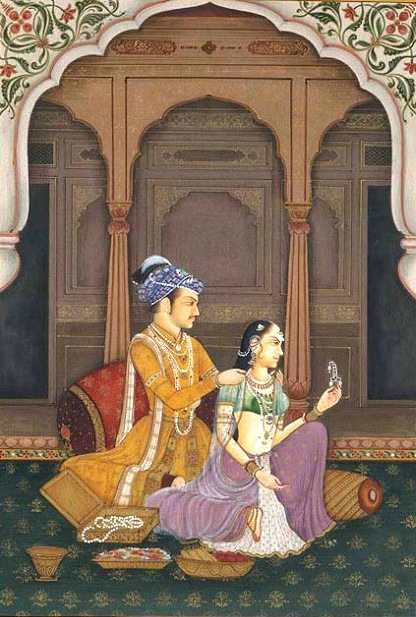
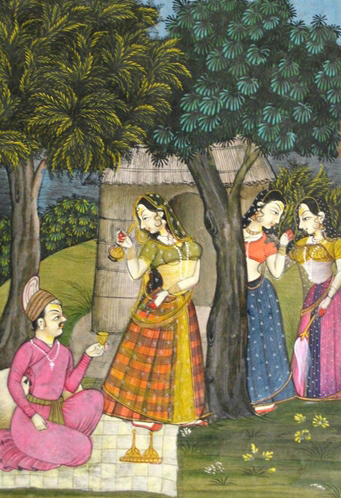
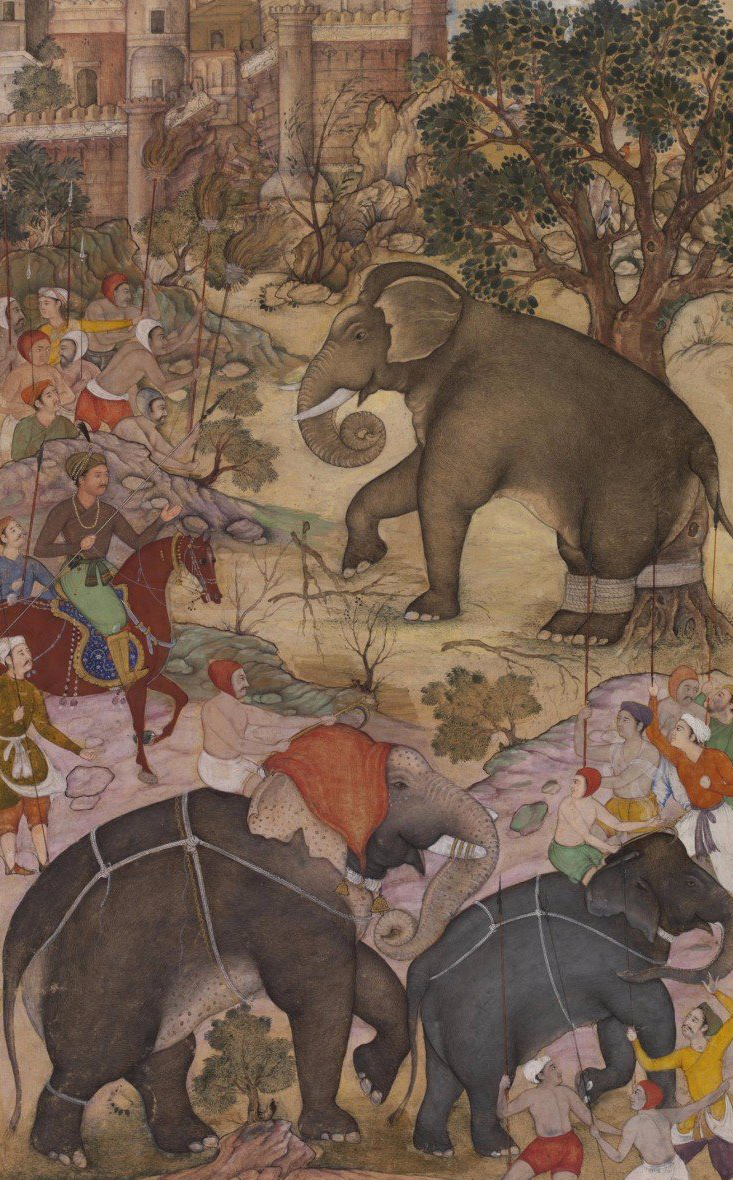
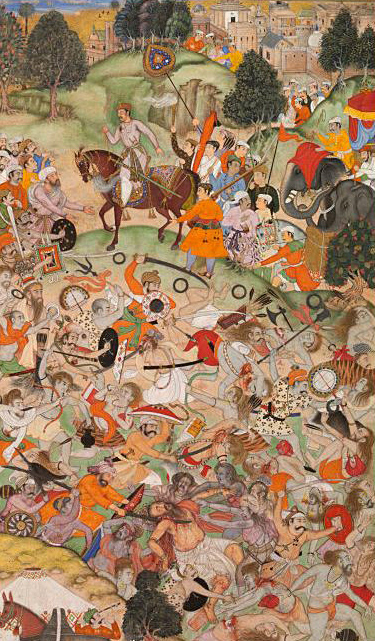
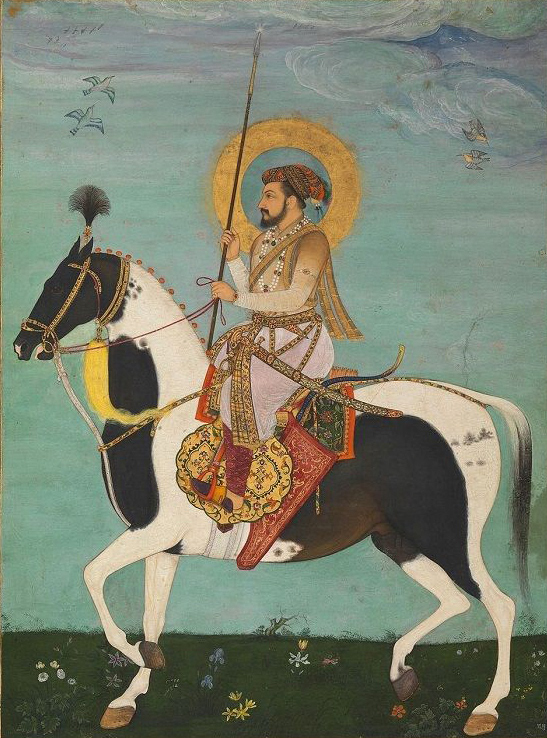
Game assets
